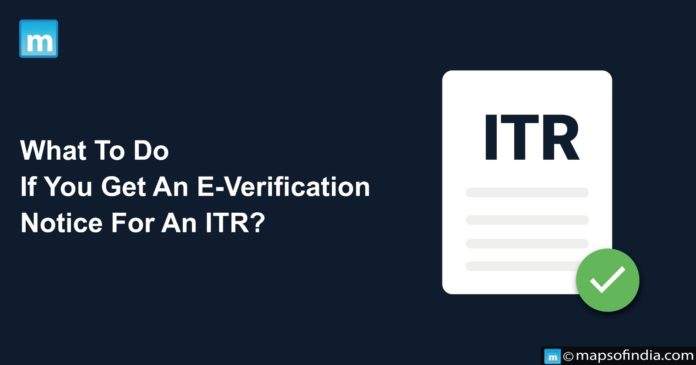As the tax-filing season approaches, the Income Tax Department (ITD) recently tweeted about the e-Verification scheme 2021, which aims to promote an open and non-intrusive tax administration while encouraging voluntary tax compliance. According to a press release dated March 13, 2023, the ITD has collected financial transaction data related to FY 2019-20 for e-Verification on a pilot basis in over 68,000 cases.
The designated directorate has completed e-Verification in nearly 35,000 cases, with the remaining instances currently undergoing verification. To disseminate the transaction data to specific taxpayers, an e-campaign was initiated.
e-Verification Scheme has been introduced by ITD to encourage voluntary tax compliance & facilitate a transparent & non-intrusive tax administration.
Using technology, information of such financial transaction is shared with taxpayers as is unreported/under-reported in the ITR. pic.twitter.com/TcNsfBtUD0
— Income Tax India (@IncomeTaxIndia) March 13, 2023
What is e-Verification?
The e-Verification scheme, 2021, is a procedure introduced by the Income Tax Department (ITD). This scheme aims to confirm financial transactions that have gone undetected on a taxpayer’s income tax return (ITR). With the e-verification procedure, the ITD obtains data from financial institutions and makes it available to taxpayers. The information provided by financial institutions can then be reviewed by taxpayers and contrasted with the data in their ITR. Taxpayers can submit an amended ITR if necessary to guarantee that their financial data is disclosed truthfully.
How is e-Verification carried out?
The e-Verification process operates solely through electronic means. Electronic notifications are issued throughout this procedure, and taxpayer responses are transmitted electronically. Upon completion of the investigation, a verification report is prepared online without direct communication with the taxpayer. The Income Tax Department (ITD) provides the taxpayer with a section of the financial transaction data collected from various sources in the 26AS statement. Additionally, the entire dataset is accessible to the public through the Yearly Data Explanation to facilitate effective use (AIS). The AIS provides a mechanism for taxpayers to dispute any data that may have been distorted by the source. The Department verifies the information with the source, and if no errors are identified, the information undergoes an e-Verification risk assessment.
What to do if you get an e-verification notice for an ITR?
Taxpayers can view the notice sent under the e-Verification scheme in the Compliance Portal. A person’s registered email address and mobile phone will also receive an alert by SMS. Upon receiving an e-Verification notice, a taxpayer should perform the following steps:
- Access the e-filing portal via the provided URL.
- Click on “Pending Actions,” “Compliance Portal,” and “e-Verification.”
- Select the relevant financial year.
- Download the notice by clicking on the “DIN” link.
- Click on the “Submit” button to submit a response.
- Enter your remarks along with any supporting documents and send the notification response.
If a transaction is inaccurately recorded or does not pertain to the designated individual, what steps should the taxpayer take?
To begin with, when reviewing AIS data, taxpayers should click on the specific data element in question. After the information details have been displayed, taxpayers can use the available menu options to provide feedback by clicking the feedback button on the right.
Is the e-Verification scheme and e-Verification of return the same?
As per the ITD website, the e-Verification Scheme 2021 and the e-Verification of return are entirely distinct processes.




